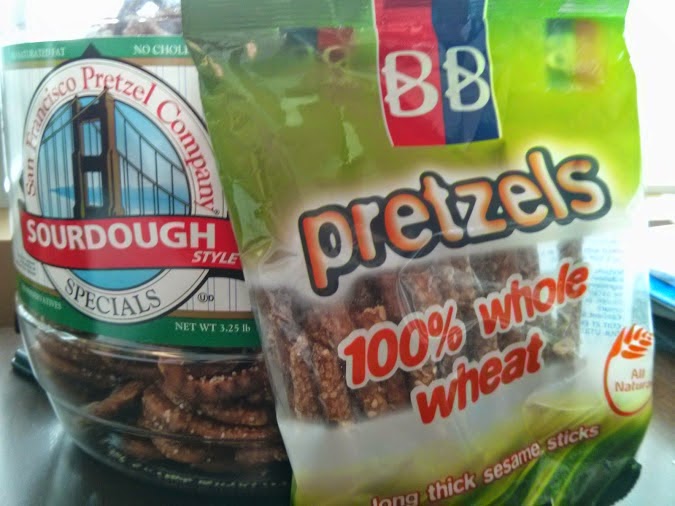What we eat is as important as our
fitness routine for ensuring we are growing and improving as planned. Food is
the most basic foundation of fitness that fosters muscles growth and
pliability. Fruits and vegetables have been known to encourage better overall
health but not everyone has heard of eating them for muscle growth. Getting the
proper dose of fruit and vegetables will give a few steps forward on your
goals.
A study conducted on college
students found that those who ate appropriate amounts of fruit and vegetables
had better BMI and lower weight than those who don’t (Gilmore, et. al. 2008).
Ensuring you obtain the right vitamins, anti-oxidants, and calorie amount
appears to support your fitness goals. Loosing fat and gaining muscles is part
of a solid fitness plan and fruit and vegetables provide the catalyst for doing
just that.
The five fruits and vegetables you
should not do without are:
Oranges: Vitamin C to thwart disease, magnesium to lower blood
pressure, and anti-oxidants (1).
Bananas: High carbohydrate food that restocks glycogen levels that
cause muscle breakdown (2).
Apples: Burn fat and support skeletal strength (3).
Blueberries: Antioxidant that helps recovery after workouts (4).
Carrots: Low fat that provides fiber (5).
An article entitled 5 Tips to Build
Muscle Strength in the Harvard Health Letter further emphasizes how eating
right and building muscle protects against future injury (2014). The food we
eat has a large impact on our ability to maintain a healthy body and meet our
fitness objectives. When engaging in multiple physical sports and activities it
is important to ensure that the required strength is gained to compete
effectively.
Fitness requires the ability to
create small tears in the muscle and allowing those tears to heal. Nutrients
are used to repair those tears and build muscle. Without eating right the muscles
cannot build properly and tears don’t repair effectively leading to fatigue and
possible future injury. It is even possible to cannibalize current muscle
growth. Incorporate fruits and vegetables into your program so that you are
using your time most effectively.
Gilmore, et. al. (2008). Selected health behaviors
that influence college freshman weight change. Journal of American College
Health, 56 (4).
No Author (2014). 5 tips to build muscle strength. Harvard Health Letter, 39 (5).

